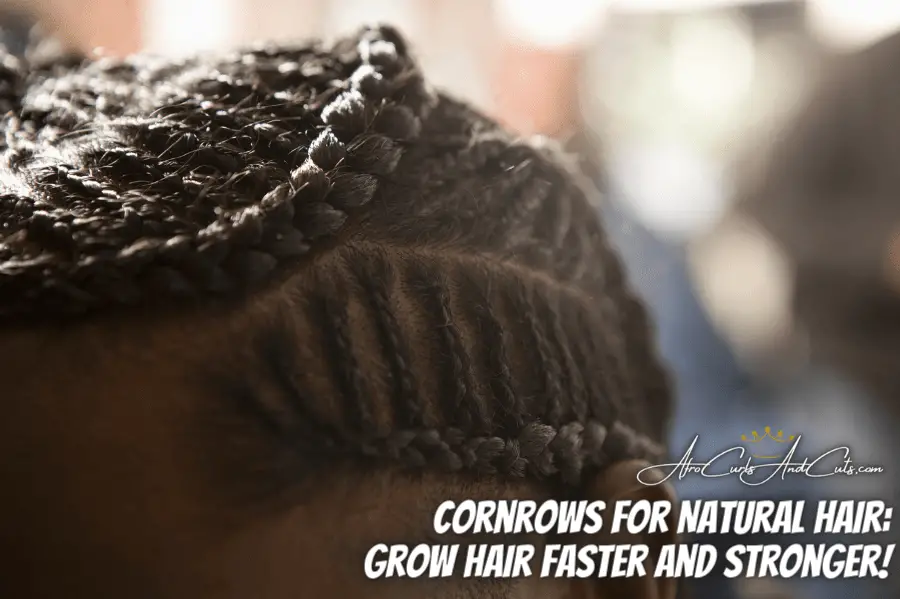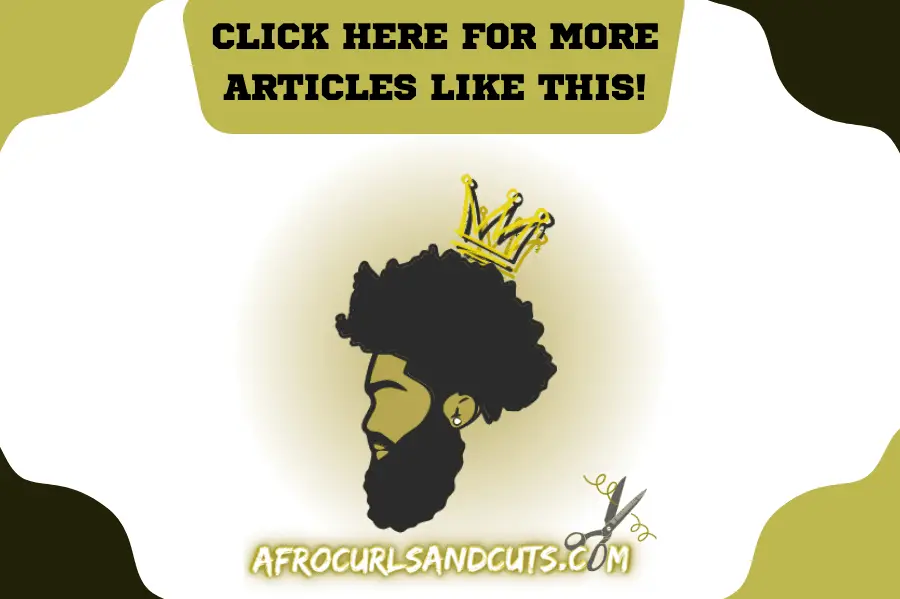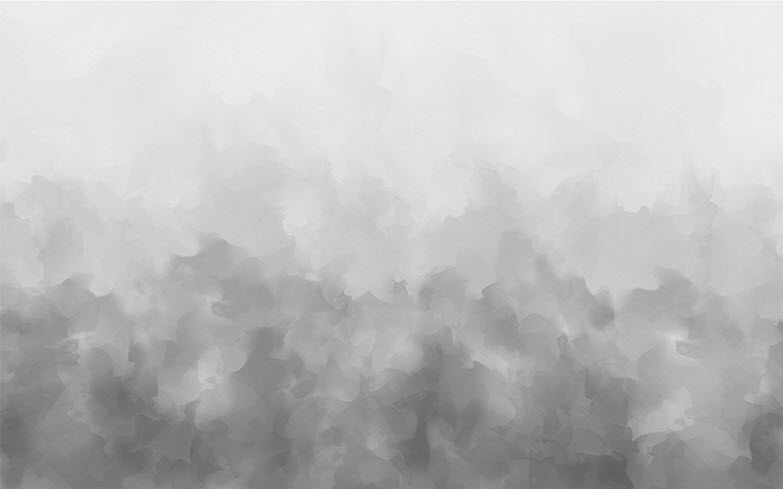We may earn money or products from the companies mentioned in this post.
Overview
This article provides information on whether cornrows for natural hair growth work safely. We will uncover the truth about scalp braids protective hairstyles and their effects on hair growth.
We all know that growing hair naturally is a challenge and can easily cause you to feel defeated.
But what if we told you there was a way to help your hair grow faster? And no, we’re not talking about some magical potion; we’re talking about cornrows!
Yes, you read that right! Cornrows can help your hair grow fast with safe practice. How? Well, when you cornrow your hair, you’re essentially creating a protective hairstyle.
In this article, we’ll deep dive into the topic and show how African plait hairstyles can help your hair grow. We will also review some tips on using the hair technique properly to get the best results.
So, if you’re ready to learn more about this fantastic hair growth technique, keep reading!
Click here for Amazon Annual Audible Membership!
Does cornrow grow hair?
Most people who start their hair growth journey often look for alternative options that are cheap and safe. Although no concrete evidence confirms cornrows help hair growth, many people claim they helped them achieve their hair goals.
This is because the ancient hair growth technique helps keep your locks tidy, neat, and protected over-grooming. Daily hair grooming can put a lot of strain on your hair, leading to breakage and split ends.
With minimal hair manipulation, your hair will be less likely to experience these issues, giving your mane a chance to grow longer and stronger.
Potential problems with tight cornrows
Of course, like anything else, there can be potential problems – tight scalp African braid hairstyles can lead to hair loss if they’re done too tight. This is because the constant tension on the hairline and scalp can cause traction alopecia.
Traction Alopecia from tight braids
Traction alopecia is when the hair follicles become damaged and start to fall out due to constant pulling on the hair. Traction alopecia usually begins with thinning hair along the hairline, but if left untreated, it can lead to complete baldness.
If hereditary baldness runs in your family, you may want to steer clear of cornrows altogether. That’s because the protective hairstyle can speed up the process of hair loss.
Braids itching after 3 days
Another potential problem with scalp cornrows is that they can cause an itchy scalp. This is because the braids can trap dead skin cells, sebum, and dust at the roots, leading to itchiness.
If you do start to experience an itchy scalp, remove the canerows, then shampoo and condition your hair as soon as possible. You should consider medicated shampoo or scalp treatment to soothe the itchiness.
If you notice continued scalp irritation, hair loss, and unbearable pain, you should consult your doctor or dermatologist as soon as possible, as you may have developed an infection.
Are cornrow braids safe for your hair?
When growing your hair, you want to do everything possible to ensure that your hair is healthy and will continue growing. With that said, how safe is cornrow for your hair?
Scalp braids are safe if you properly care for your hair and don’t make the cornrows too tight. The key is to find a balance between making the cornrows tight enough to stay in place, but not so tight that they pull on your hair and damage your scalp.
Following these simple tips, you should have no problem growing your hair healthy and strong with cornrow braids!
Who should use protective styles?

There is a common misconception that only African Americans can or should use protective hairstyles. This could not be further from the truth! In fact, anyone with mid to long hair can benefit from incorporating protective styling into their routine.
Most people’s reasoning for braiding their hair isn’t always for hair growth but for the convenience of having low-maintenance hairstyles.
You’ll often notice athletes with long hair put their hair into cornrows before games or matches. This helps keep hair out of their face so they can focus on performing to the best of their abilities.
So, when asked who should wear cornrows, the answer is quite simple – anyone and everyone! If you’re looking for a stylish and nifty way to keep your hair out of your face, then give cornrows a try.
Here are some protective styles benefits examples:
- For hair prone to breakage or fine, the braid could help reduce these issues.
- Protective styles might be a Godsend for those who are busy, frequent travelers, athletes, or otherwise can’t style their hair daily.
- If you live in a highly polluted, cold, or windy region, braids could help prevent your hair from being damaged by the elements.
While protective cornrows are not assigned to a specific group of people, they are more beneficial for those with natural hair.
Frequently asked questions about cornrows for natural hair growth.
This article section is dedicated to answering some of the most frequently asked questions about cornrows and natural hair growth.
How much does it cost to braid your hair?
The cost for cornrows greatly depends on the length of hair, the design, and the stylist braiding. The average price for a trained braid professional could range from $300 to $600.
However, a freelance stylist may charge between $250 to $475+ USD; again, it depends on the factors I mentioned earlier.
Can you shower with cornrows?
Most people wonder if they can shower with cornrows, especially if they are new to this natural hairstyle. The answer is yes; you can shower with cornrows!
Water will not disrupt your cornrows. However, your hairstyle will last longer if you have a shower cap to protect them.
By keeping your scalp braids dry, you are less likely to experience frizz, and your hair will stay in place for longer.
If you do not have a shower cap, try to avoid getting your cornrows wet by keeping the shower head angled in a downward direction and using a light stream of water. This should help minimize the amount of water that comes in contact with your hair.
How long should I keep my cornrows in for hair growth?
The African braid hairstyles should not be kept for more than 30 days. If you wear the hairstyle longer than that, it can begin to dread and tangle, which will damage your hair.
To avoid this potential issue, it is advised that you remove the scalp braids and give your hair a break; this will allow your natural hair to grow and be healthy.
Do cornrows push hairline back?
A receding hairline can be devastating for both men and women and cause immense feelings of insecurity.
If you wear cornrows, high ponytail bantu knots, or locs that pull on the hairline, which cause tension, it can result in the hairline being pushed back. This is called traction alopecia. Over time, constant pulling can damage the hair follicles, resulting in permanent hair loss.
In addition, weaves and extensions that are glued or sewn onto the hairline can also cause the hairline to recede. This poor hairstyling causes inflammation and scarring around the hairline.
If you are experiencing any hair loss, it is important to seek medical attention as soon as possible. You can also look into treatments like Forhims finasteride and minoxidil can help to prevent further hair loss and potentially even help regrow some lost hair.
Are cornrows good for 4c hair?
Yes, African scalp braids are excellent for natural 4C hair growth. They limit the amount of manipulation, providing a low-maintenance hairstyle that still looks great. Cornrows can be worn as is or as a base for other styles, like updos and braided buns.
It is a versatile hairstyle, and men and women of all ages can also wear it. This is why African scalp braiding is popular for those with 4C hair.
So, cornrows are a great option to consider if you are looking for a hairstyle that is good for your natural 4c hair.
Are locs and braids the same?
An untrained eye can easily mistake cornrows and dreadlocks for one another. However, these two hairstyles are vastly different.
African scalp braids can be unbraided whenever it’s time to remove them. Braids are generally worn as a protective style to keep the hair from tangling or breaking.
Dreadlocks, on the other hand, tend to be semi-permanent. Permanent dreads can not be undone and are intended to be tangled for the specific hairstyle.
However, specific dreads like short twist locs and sponge locs can be removed. This is because they are not intended to be worn long-term and can be ‘un-loc’ and redone routinely.
Though dreadlocks and African braids may look similar, they are not the same hairstyle.
Final thoughts
Cornrows are a great way to protect your natural hair from the elements while promoting hair growth. They should not be kept in for an extended period, and you should remove them and give your hair a break every so often.
Another key note to remember is cornrows should not be worn too tight as this can cause traction alopecia. If you are experiencing any hair loss, it is important to seek medical attention as soon as possible.
All in all, cornrows are a low-maintenance hairstyle that still looks great for 4C hair types. If you want a style that will promote hair growth, give cornrows a try!
If you enjoyed this article about “Does cornrows for natural hair growth work?”, please share and followers on all social media platforms. Also, subscribe to Afro Curls and Cuts for more great content like this!




